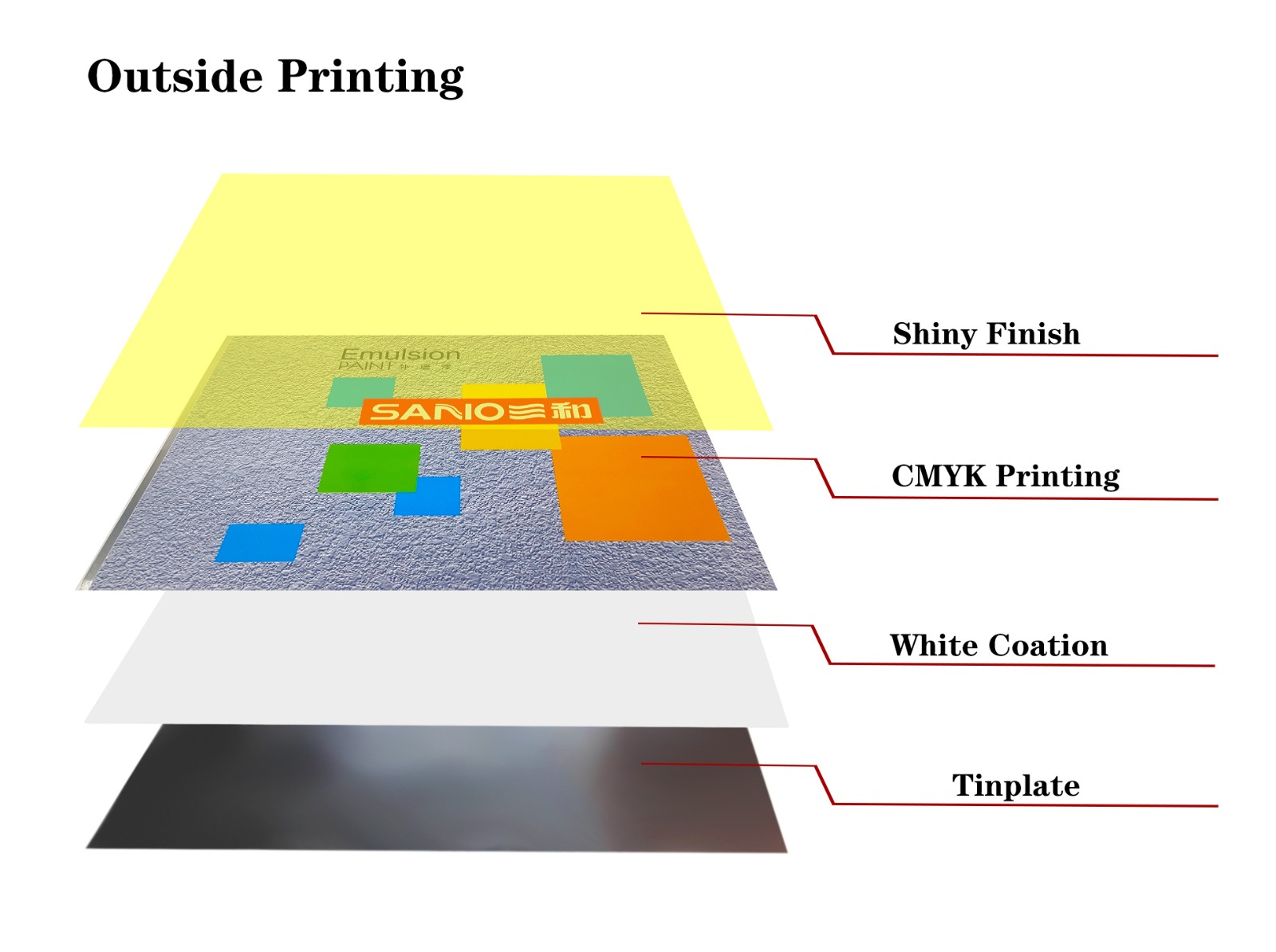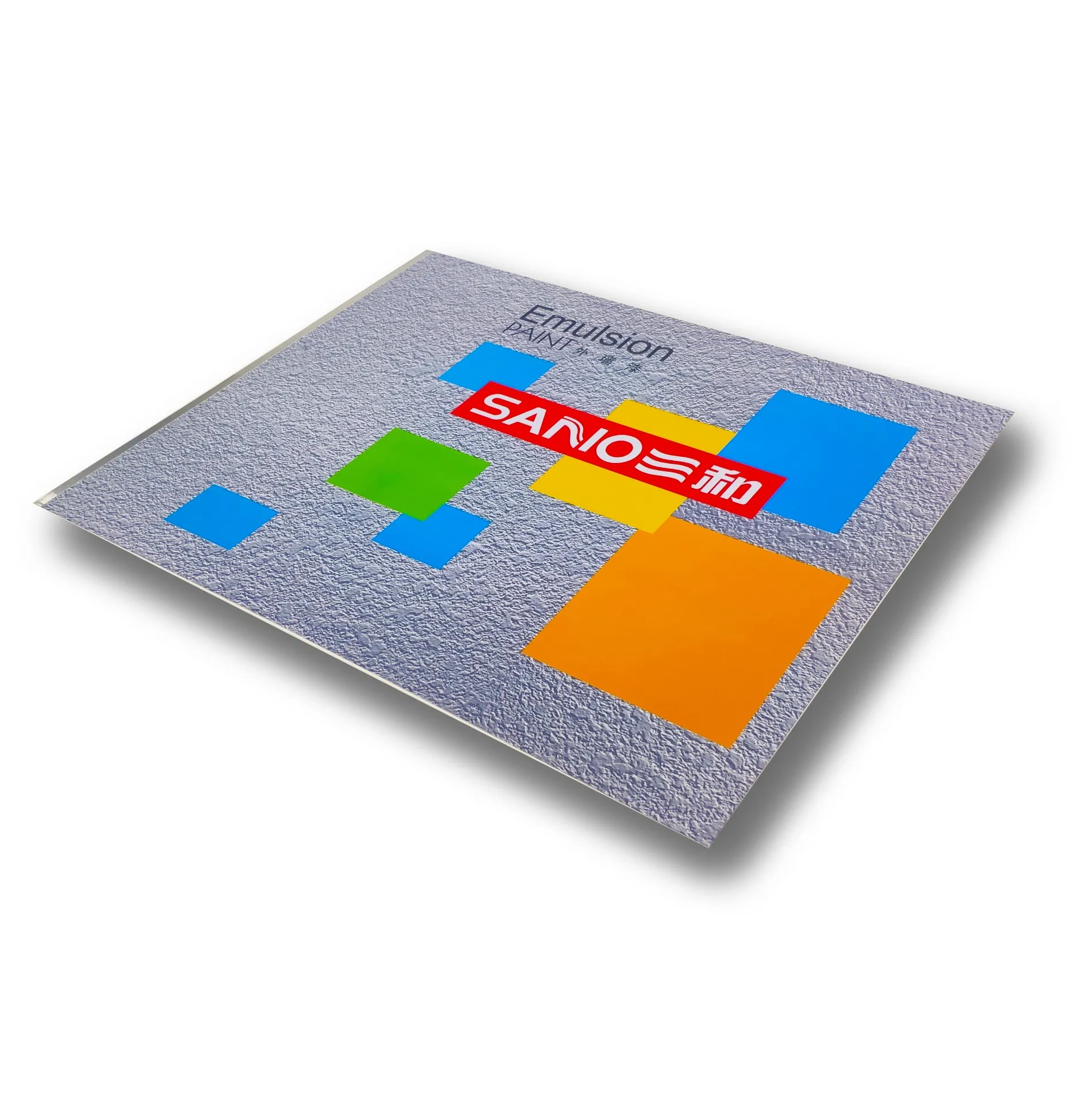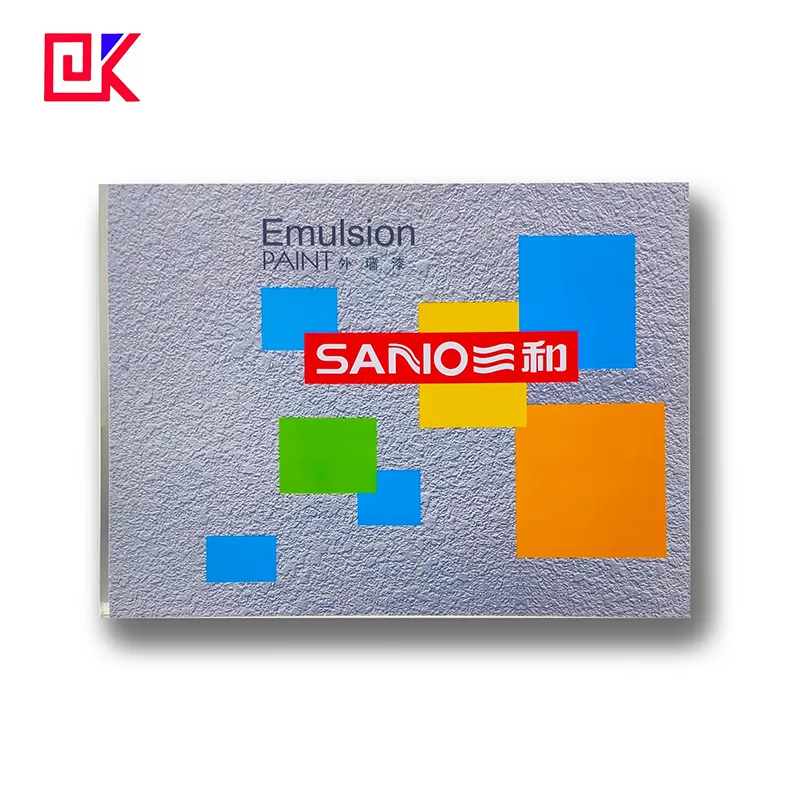As a material widely used in packaging fields such as food, beverages, cosmetics and daily necessities, tinplate steel has advantages that make it stand out in the packaging industry. However, for many consumers, they may not know why tin plate steel has become the preferred packaging material for so many products. Today's news will explore the reasons why tin plate steel is used as a packaging material, and analyze the unique performance and application characteristics of tin plate steel from multiple key angles to help consumers better understand the advantages of this material.

How is tin plate steel made?
What is tin plate steel made of?
Tin plate steel is a low-carbon steel plate with tin on the surface. Its production process is to use low-carbon steel plate as the base material, and after cleaning, pickling and polishing, a thin layer of tin is evenly plated on the surface of the steel plate. This layer of tin can form a protective film on the surface of the steel plate to prevent the steel from direct contact with air and moisture, thereby achieving an anti-corrosion effect. This steel treated with the tinning process is called "tin plate steel".
The tin coating not only increases the corrosion resistance of the steel plate, but also gives it a smooth appearance and good ductility, making it an ideal material for the production of food, cosmetics, and daily necessities packaging. The solid structure of the steel plate provides good protection for the packaging, while the tin layer can effectively block the influence of external factors on the internal items.
Why is tin plating on the surface of steel?
Ordinary steel is prone to rust when exposed to air or moisture for a long time, which will cause the packaged items to be corroded or even contaminated. The main function of tin plating is to prevent steel from rusting. Tin not only has good chemical stability, but also has certain antioxidant properties, so it can form a protective barrier on the surface of steel, making it more stable at room temperature. At the same time, tin plating can also add a layer of beautiful luster to tin plate steel, making the packaged products appear more upscale in appearance.
What are the advantages of tin plate packaging materials?
What is the corrosion resistance of tinplate steel?
Tinplate steel performs well in corrosion resistance due to the protection of the tin coating. Especially in contact with food or liquids, the corrosion resistance of tinplate steel can effectively prevent the penetration of moisture and oxygen, and maintain the freshness of the contents of the can. This corrosion resistance makes tinplate steel very suitable for areas that require high sealing, such as food packaging and beverage packaging.
In addition, the tin plating layer can still provide certain protection when it is slightly damaged, mainly due to the chemical resistance of tin. Even with slight scratches or wear, the internal low-carbon steel will not be immediately exposed to the air and corroded, thereby extending the service life of the packaging.
What is the physical strength of tin plate steel?
The base material of tinplate steel is low-carbon steel, which makes it have excellent strength while maintaining a relatively light weight. Compared with lightweight packaging materials such as plastics and aluminum, tin plate steel has stronger compression and impact resistance, and can better protect the contents during transportation and stacking. During the circulation of food or other items, the packaging needs to withstand multiple pressures, such as stacking, handling and other operations. With its sturdiness, tinplate steel can effectively cope with these challenges and reduce the possibility of product damage.
In addition, the high strength of tin plate steel also allows it to withstand certain processing pressures, such as bending, stamping and printing, so it can be made into various complex shapes and packaging of different capacities. This advantage makes tin plate steel widely used in various canned products, whether it is used to hold liquids or solids.
Does tin plate steel have good barrier properties?
Tinplate steel has excellent barrier properties and can effectively isolate light, air and moisture. This is essential for many foods, medicines and cosmetics that need to be protected from light and moisture. The quality of barrier properties directly affects the shelf life and quality of the product. The multi-layer structure of tin plate steel forms an effective barrier during the packaging process to prevent the environment outside the can from affecting the contents.
Especially for products such as food and medicine that have high requirements for the storage environment, tin plate packaging can extend their shelf life while avoiding oxidation or deterioration. This high sealing and strong barrier properties make tin plate steel an important material choice for food safety packaging.

What impact does tin plate packaging have on the environment?
Is tinplate steel easy to recycle?
As a metal material, tinplate steel has high recycling value and reuse potential. It can be recycled through simple classification and processing and enter the reproduction link. Compared with other materials, such as plastics, which require complex classification and processing processes, the recycling process of tin plate steel is relatively simple and can be recycled indefinitely. Because of this, tin plate steel has significant advantages in resource recovery after disposal and is a packaging material that conforms to the concept of sustainable development.
In addition, tinplate steel does not lose its physical properties due to repeated recycling during the recycling process, which means that even after multiple regenerations, tinplate steel can still be used as a high-strength and high-durability packaging material. Today, the global tin plate steel recycling system has been relatively complete, which has significantly reduced its environmental impact.
Compared with other packaging materials, how does the production of tin plate steel pollute the environment?
The production process of tinplate steel is relatively environmentally friendly. A small amount of industrial waste will be generated during the steel preparation and tinning process, but with the improvement of technology and the strengthening of environmental regulations, tin plate steel manufacturers have been able to reduce pollutant emissions through advanced environmental protection technologies. In addition, compared with packaging materials made of petroleum derivatives such as plastics, tinplate steel production is less dependent on natural resources, consumes relatively less resources, and thus has a smaller environmental burden.
What are the disadvantages of tinplate steel packaging?
Will tinplate steel corrode in a high acid environment?
Although tin plate steel has excellent anti-corrosion properties, the tin coating may still be affected in a high acid or strong alkaline environment. When the acid or alkali concentration is high, the tin layer may dissolve, thereby accelerating the corrosion of the substrate, which will affect the safety of the contents. In this regard, when tinplate steel packaging faces high acid and strong alkali contents, a special coating is usually applied to the inside to increase corrosion resistance.
Does the weight of tinplate steel packaging affect transportation?
Compared with lightweight materials such as plastics and aluminum, tin plate steel is slightly heavier, which may increase transportation costs. Especially in long-distance transportation and large-volume transportation, the impact of increased weight on logistics costs is more significant. To solve this problem, manufacturers usually optimize the thickness and structural design of tin plate steel to ensure that both strength requirements are met and weight is minimized.

Does tin plate packaging have a wide range of applications?
Can tinplate steel be used for liquid packaging?
Due to its good sealing and strength, tin plate steel is widely used to hold liquid products, especially beverages, beer and cooking oil. In the packaging of these products, the sealing performance of tin plate steel can effectively prevent leakage, while protecting the contents from the external environment and maintaining the taste and quality of the products.
Is tinplate steel suitable for dry goods and solid packaging?
Tinplate steel is also suitable for the packaging of dry goods and solid products, such as biscuits, candies, tea and milk powder. These products have high requirements for moisture and light protection, and tin plate steel packaging happens to have excellent barrier properties, which can prevent the contents from getting damp or deteriorating. In addition, the durability and aesthetics of tin plate steel cans can also add value to the products.

